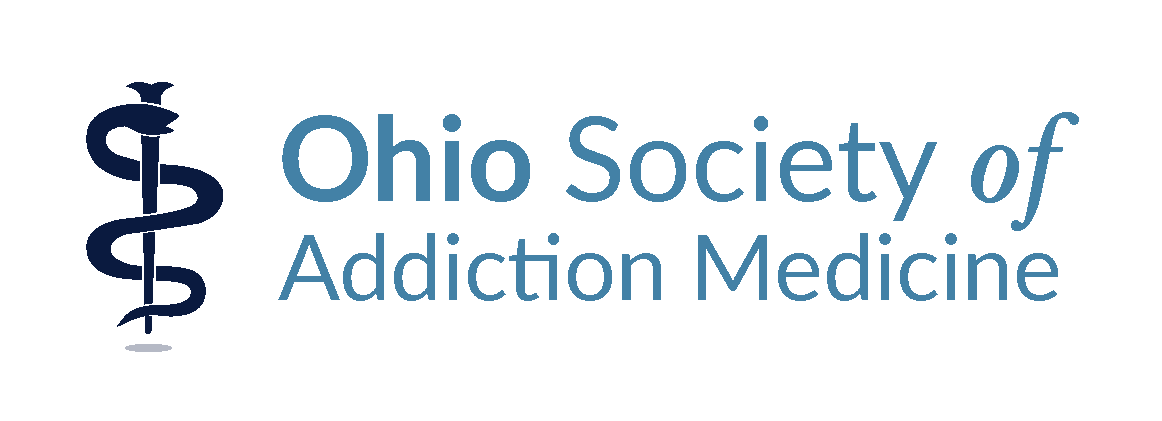Pharmacy Access Survey Report
The Pharmacy Access Survey Report uses data collected from ASAM’s Pharmacy Access Survey. This survey collected self-reported data from close to 200 respondents between February 2020 and September 2022. Respondents represent 32 different states. The implications of this survey data will be used to inform ASAM’s response to addressing pharmacy access issues and ensuring that all evidence-based medications for opioid use disorder, including buprenorphine, are readily available to those who need treatment.
The Drug Enforcement Agency (DEA) Announces Actions Expanding Access to Addiction Medicine
On March 23, 2022, the DEA announced a new option for DEA-registered practitioners working in hospitals, clinics, or emergency rooms, and for DEA-registered hospitals/clinics that allow practitioners to operate under their registration number. Per this new option, the DEA will grant requests for an exception to the one-day supply limitation in 21 CFR 1306.07(b) to allow for the dispensing of up to a three-day supply of narcotic drugs, including buprenorphine and methadone, “to a person for the purpose of relieving acute withdrawal symptoms when necessary while arrangements are being made for referral for treatment.” Consistent with Pub. L. 116-215, the DEA will grant such exception requests while it works to amend 21 CFR 1306.07(b) as directed by said law.
As part of this effort to save lives in the opioid overdose crisis, the DEA also announced that it is working to make permanent its COVID-19 public health emergency temporary regulations allowing for the initiation of buprenorphine for opioid use disorder by telemedicine.
Finally, the DEA said it is, in partnership with HHS, “engaging in regular outreach with pharmacists and practitioners to express support for the use of medication-assisted treatment for those suffering from substance use disorder.”
ASAM is grateful for these actions, as it has advocated consistently for expanding access to addiction medicine.
COVID-19 Updates
Guidance and Resources
Buprenorphine Prescribing Protocols
Recent federal Practice Guidelines from SAMHSA have allowed for an alternative Notice of Intent to Prescribe (NOI) for those seeking to treat up to 30 patients.
What is an addiction specialist?
Addiction specialists are addiction medicine physicians and addiction psychiatrists who hold either subspecialty board certification in addiction medicine from the American Board of Preventive Medicine (ABPM), subspecialty board certification in addiction psychiatry from the American Board of Psychiatry and Neurology (ABPN), board certification in addiction medicine from the American Board of Addiction Medicine (ABAM), or a Certificate of Added Qualification in Addiction Medicine conferred by the American Osteopathic Association (AOA), They demonstrate by education, experience, and examination the requisite knowledge and skills to provide prevention, screening, intervention, and treatment for substance use and addiction. In addition, addiction specialists can recognize and treat the psychiatric and physical complications of addiction.
What is the Definition of addiction?
Addiction is a treatable, chronic medical disease involving complex interactions among brain circuits, genetics, the environment, and an individual’s life experiences. People with addiction use substances or engage in behaviors that become compulsive and often continue despite harmful consequences.
Prevention efforts and treatment approaches for addiction are generally as successful as those for other chronic diseases.
Addiction Medicine and Diversity, Equity and Inclusion.
Addiction involves complex interactions among an individual’s brain circuits, genetics, the environment, and their life experiences.1 Racism disproportionately shapes the environment and life experiences of Black, Hispanic/Latinx, Asian, Pacific Islander, Native American, and other racially oppressed and disenfranchised people (hereinafter collectively referred to as Black, Indigenous, People of Color (BIPOC), adversely influencing both their risk of developing addiction and their access to evidence-based addiction treatment services. While police and civilian murders of Black people in the United States of America have highlighted the deadly consequences of racism, they have also illuminated the impact of the long-standing systemic racism in the United States. Systemic racism has been defined as “a system in which public policies, institutional practices, cultural representations, and other norms work in various, often reinforcing ways to perpetuate racial group inequity.”






